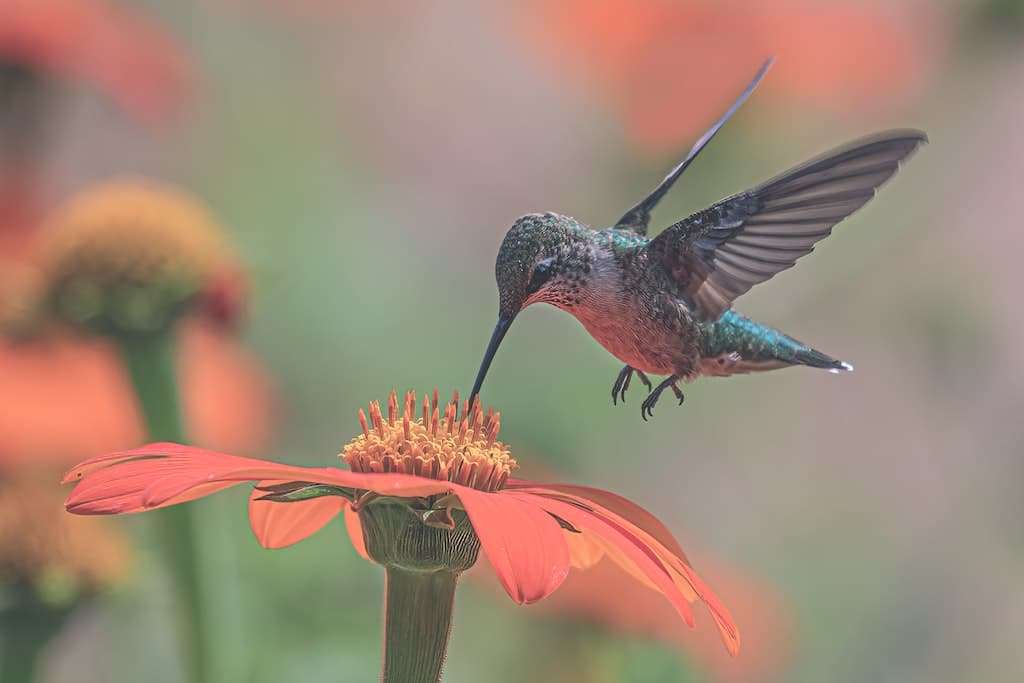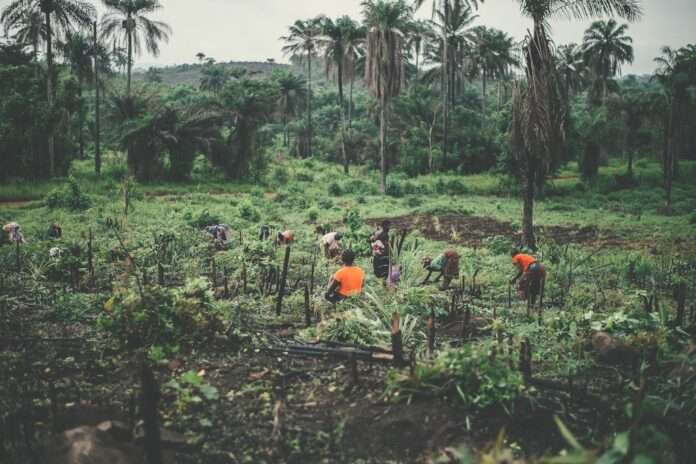As climate change creates more volatile situations across the globe, humans are adapting accordingly. But that doesn’t mean the threat of the climate crisis is lessening. Quite the opposite.
Extreme weather events have, unfortunately, already become a big part of reality for millions of people. As a result of the climate crisis, floods, cyclones, hurricanes, wildfires, droughts, and heat waves are becoming increasingly common. In all the scary news reports, it’s easy to feel like there is no hope.
But according to one study, while extreme weather is a serious and costly threat, fewer people seem to be dying because of it. Here’s what you need to know about the new report, but also why, when we consider the deadly impact of the climate crisis, we should also be thinking of animals, too.
Why are fewer people dying as a result of the climate crisis?
Back in May, the World Meteorological Organization (WMO) released a report that revealed extreme weather has cost the world trillions of dollars already. This, despite the fact that the climate crisis is still worsening, with more catastrophic events happening every year. Experts have already predicted, for example, that this year’s summer could be just as hot, if not hotter, than last year, which saw record-breaking temperatures around the world.
So far, events like floods, wildfires, and stems have cost the world around $4.3 trillion, WMO noted, with developing countries with smaller economies bearing the brunt of the financial loss.

But it wasn’t all bad news. Even though they are becoming more likely and more frequent, the death toll from extreme weather events has dropped. This is not to say that significant numbers of people are not still suffering. Since 1970, 2 million people have lost their lives to extreme weather, but, in the years between 2019 and 2021, the figures showed a decline.
According to WMO, this is likely due to better preparation. In developing countries, where extreme weather events are more likely (despite the fact that these countries have contributed the least to the climate crisis), warning systems to protect people have improved. “Thanks to early warnings and disaster management catastrophic mortality rates are now thankfully history,” said WMO’s Secretary-General Prof. Petteri Taalas. “Early warnings save lives.”
WMO added that, by 2027, it hopes that every country will have high-quality early warning systems in place.
Are fewer animals dying, too?
The fall in human death toll thanks to effective early warning systems is, without a doubt, reassuring progress. But not all death tolls are showing a similar decline. In the animal kingdom, things are getting worse.
According to another study published in May, the “sixth mass extinction” event is currently going to be worse than initially thought, with biodiversity declining all over the world.

In part, this is due to extreme weather and the climate crisis, but it’s also due to human activity. The researchers, who analyzed data for more than 71,000 species, found that deforestation, habitat destruction, and pesticide use were major factors in species decline.
According to the findings, around 48 percent of species have declining populations, while just three percent are showing any rise in numbers.
What is being done?
To protect animals, save more humans, and reduce the costs associated with extreme weather events, experts say that it’s vital we take action now — before it’s too late. And around the world, people are already springing into action.
Trees for the Future, for example, is one organization focused on both habitat and land restoration and supporting the economies of developing countries at the same time. “We believe in a world where farmers leave a legacy of opportunity through sustainable practices and productive lands,” the nonprofit notes. “Our mission is to improve livelihoods of impoverished farmers by revitalizing degraded lands.”

Since 1989, the organization — which focuses its agroforestry work in sub-Saharan Africa “where the climatic and economic challenges are most pressing”—has planted more than 100 million trees, and by 2030, it’s on track to reach the one billion mark.
Many reforestation projects are happening all over the world, but work is also happening in the ocean, too. Mangrove restoration, for example, is vital for carbon sequestration, supporting underwater ecosystems, and providing essential storm and flood protection for coastal communities.
The United Arab Emirates has planted 60 million mangroves since 1971, and by 2030, it aims to plant 100 million more.
In Demak, Indonesia, community projects are also working to restore a protective belt of mangroves along the coastline. Inger Andersen, Executive Director of the United Nations Environment Programme (UNEP), has called the project “a model worth replicating.”
She added: “Countries can use nature to ward off the severe impacts of climate change while simultaneously creating new economic opportunities for people.”
Related on Ethos:


